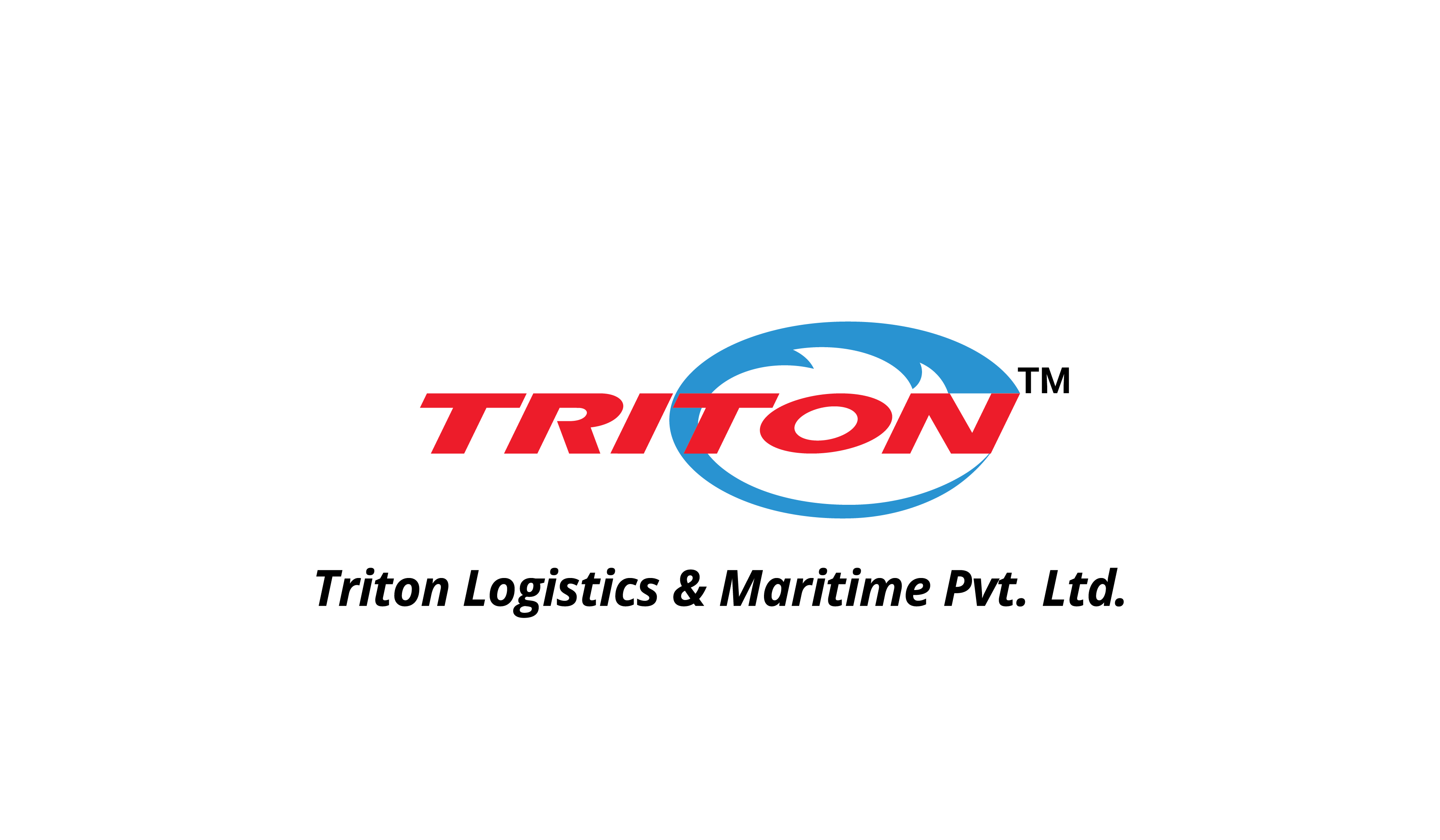Do you dream of a career in the fast-paced world of logistics?
Buckle up, aspiring professional, because even with jets roaring overhead, air exports rely heavily on smooth documentation. This might seem daunting but fret not! This guide will equip you with the knowledge to navigate the key documents for air export like a pro.
The Essential Trio: Invoice, Packing List, and Air Waybill
Commercial Invoice: This is the foundation, acting as a detailed bill for the receiver. It includes information like product descriptions, quantities, unit prices, total value, and incoterms (international trade terms) outlining responsibilities between buyer and seller. Accuracy is paramount to avoid customs delays or penalties.
Packing List: This provides a granular breakdown of your shipment’s contents. Imagine it as a detailed inventory list. Each item’s description, weight, dimensions, and number of packages should be clearly listed. This ensures everyone involved, from customs to the receiver, understands exactly what’s on board.
Air Waybill (AWB): This acts as a receipt for your shipment and a contract of carriage between you and the airline. It captures details like shipper and consignee information, flight details, and a description of the goods. The AWB is crucial for tracking your shipment and serves as proof of ownership during transport.
Beyond the Basics: Certificates and More
Depending on the specific goods and destination, additional documents might be required. Here are some common examples:
Certificate of Origin: This verifies where the product originated from. It can be crucial for preferential duty rates or import regulations.
Dangerous Goods Declaration: Shipping hazardous materials? This document outlines the specific risks and safety procedures needed for handling the cargo.
Export License: Certain goods may require government approval for export. Understanding export control regulations is essential to avoid complications.
Pro Tip: Befriend Technology!
Many freight forwarding companies and airlines offer online platforms to streamline documentation. Embrace these tools! They can save you time, ensure accuracy, and provide easy access to shipment information.
Documentation: The Unsung Hero of Air Exports
Mastering air export documentation might not be the most glamorous aspect of logistics, but it’s a fundamental skill. By understanding these key documents and their importance, you’ll be well on your way to navigating the exciting world of air freight! Remember, a smooth paper trail paves the way for a smooth export journey.




